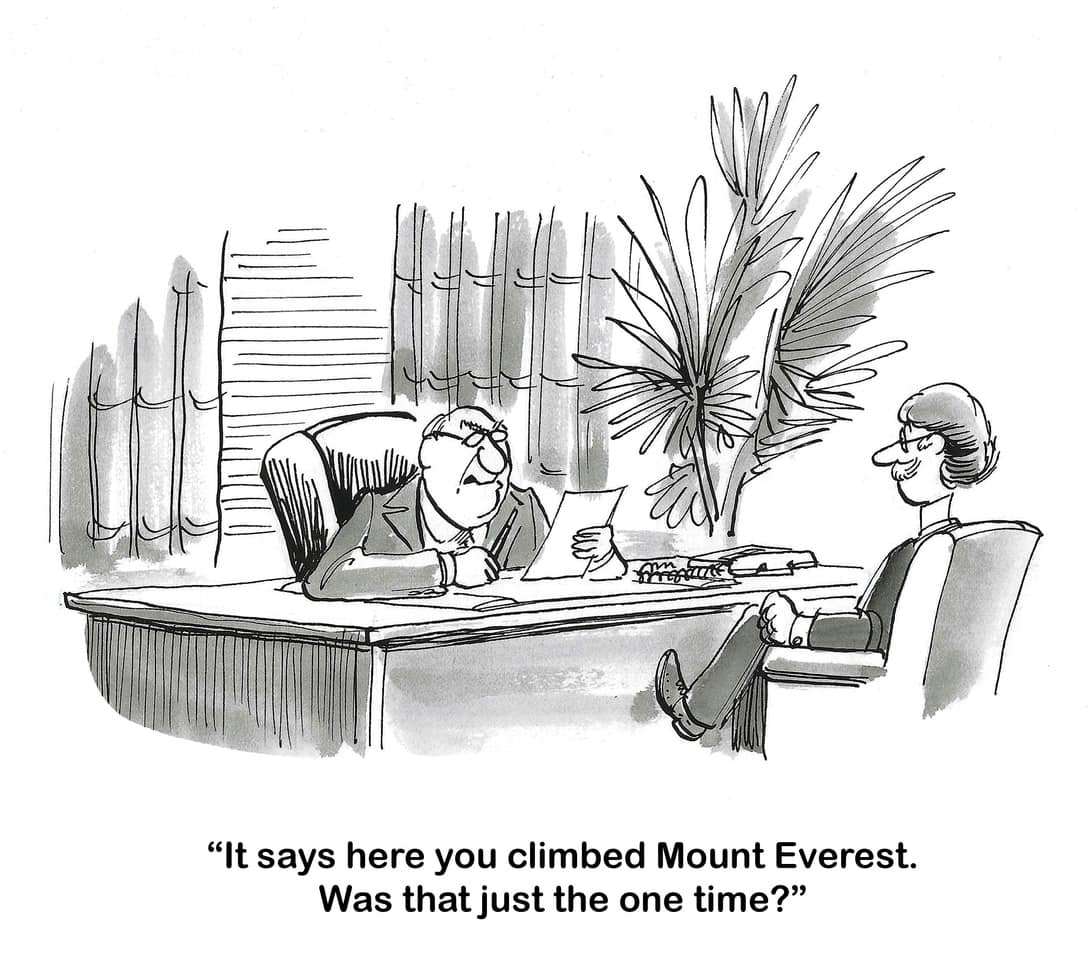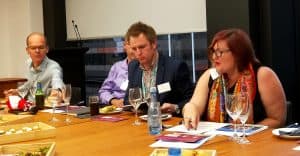Dr William Fleming’s open-access article called Employee well‐being outcomes from individual‐level “Mental Health Interventions: Cross‐sectional Evidence from the United Kingdom” is receiving a lot of online and mainstream media attention, and rightly so. It is a robust piece of research from a sample of over 46,000 workers in 233 organisations. The article compares:
“…participants and nonparticipants in a range of common individual‐level well‐being interventions, including resilience training, mindfulness and well‐being apps. Across multiple subjective well‐being indicators, participants appear no better off.”





 Last week in
Last week in 
